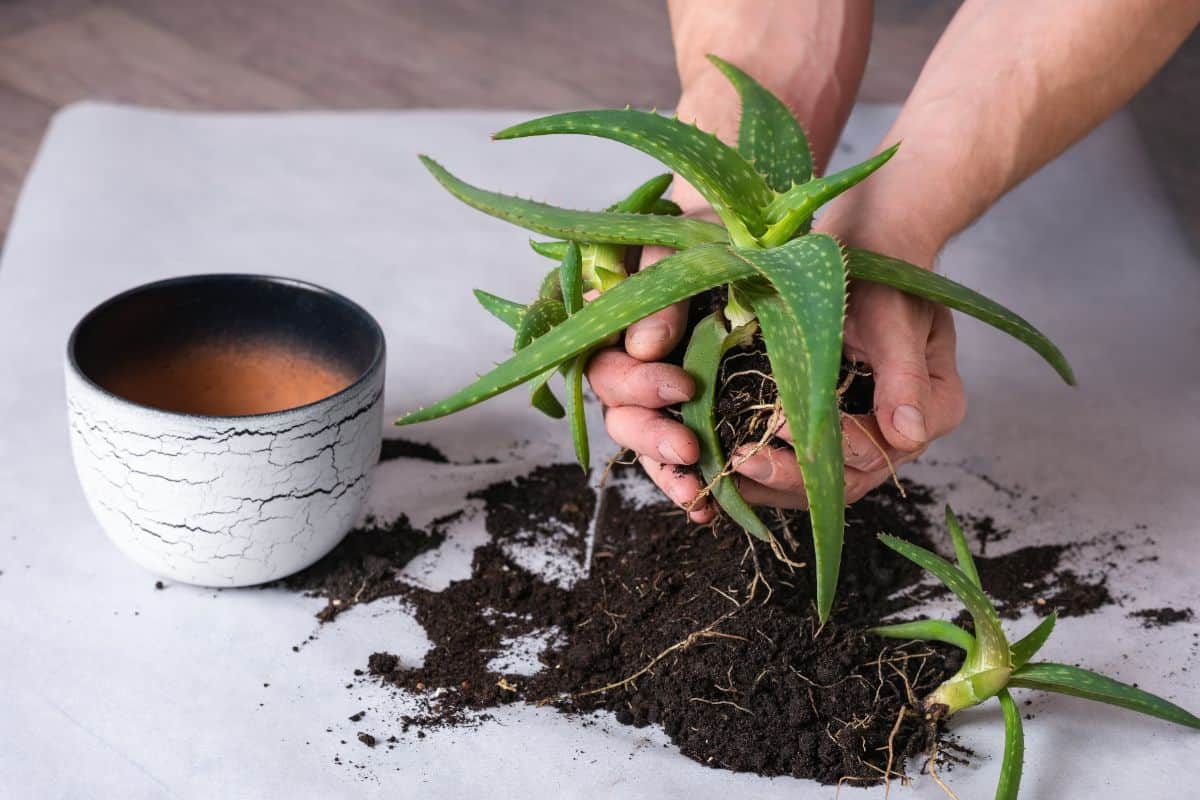
Succulents are incredibly low-maintenance plants to grow. You can keep them alive with just a minimal amount of water and access to sunlight.
Plant enthusiasts would know that it is straightforward and cost-effective to propagate succulents, especially on your own. Hence, succulent transplanting and beheading is a fundamental skill to learn to make it work.
Below is a detailed instruction on how to transplant propagated succulents after beheading them, as well as why and when to behead and transplant a succulent plant.
Jump to:
- What Is Succulent Beheading?
- What Do You Need To Prepare for a Beheading and a Transplant?
- Why Should You Behead and Transplant a Succulent?
- Reasons To Behead
- Reasons To Transplant
- How To Behead and Transplant Propagated Succulents
- Notes for Choosing a Soil Mix
- Step #5: Set It Up for Growth
- Final Thoughts on How To Transplant Propagated Succulents
What Is Succulent Beheading?
To put it simply, succulent-beheading is cutting off a succulent's terminal head to produce a useful stem stump and a chopped terminal mother plant.
You can use this technique on rosette-shaped succulents and those with a main stem. It is a great way to multiply succulents and keep them at their best state.
What Do You Need To Prepare for a Beheading and a Transplant?
Before starting the process, you have to make sure you gather all of the items you'll need. You also have to do some steps beforehand to ensure your succulent soil and other items you are to use are in their best state.
1. A New Pot
Clay pots are the best, but you can use any container or pot of your choice. There are incredibly beautiful and well-designed pots available for you to choose from. Just ensure that it is at least 10% broader and taller than your succulent and has a nice drainage hole at the bottom.
2. Cutting Tools
Since you will cut your succulents before transplanting them, you need a tool to do it. You can go for a knife, shears, or sterile scissors.
Just make sure to get one that is clean and sharp enough to cut through your succulent plant.
3. Soil Blend and Coffee Filters
Make sure the soil is permeable and well-drained enough to keep your succulents from sitting in water for too long.
Keep coffee filters at hand as well because this is an inexpensive alternative for drainage hole covers. If you have no clue which one is good, you can ask around local stores or fellow plant enthusiasts for advice.
5. Small Trowel or Shovel
If you don't want to use your hands to dig in, make sure you get any of these tools ready. Use them to take the succulent out of its present container.
You can resort to using metal or plastic tweezers to handle small succulents, seeds, or buds. These work better with smaller and delicate plants.
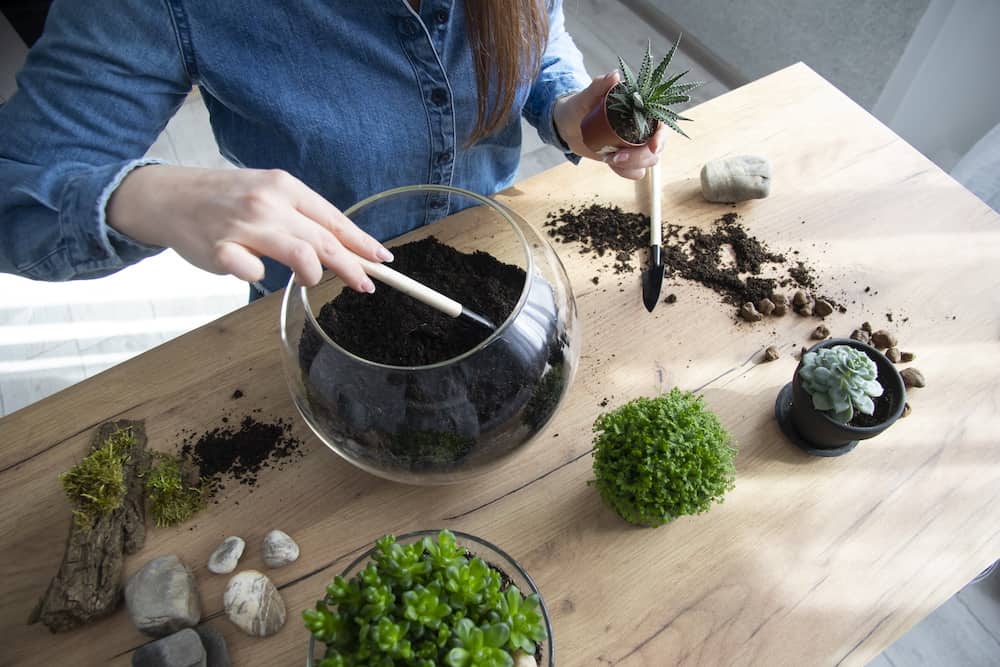
Why Should You Behead and Transplant a Succulent?
Now that you have prepared your gear for the main event, you must know when beheading and transplanting are essential. Having this knowledge ensures you can take care of your plants better.
Let us talk about some of the common reasons you need to behead and transplant a succulent plant.
Reasons To Behead
Here are some of the typical reasons why you'll need to behead your succulents:
No products found.
- For Propagation
Beheading utilizes leaf cuttings or stems to multiply plants. It leaves you with the crown and stem of the plant, which helps in propagation. The crown is replanted in a separate pot with well-draining soil until it establishes and takes root gradually.
The same is done for the stump, where new baby plants grow from its sides in a few weeks. When these are large enough, you can proceed to snip them off and plant them individually.
- Rotten Stems and Root Decay
By beheading a succulent with a rotting stem or root, it is possible to salvage it. It works by replanting the severed crown and discarding the remainder and its rotting parts.
- Structure Correction
Succulent plants are available in a variety of colors, sizes, and shapes. That said, your succulent plant's appearance may start to change for a variety of reasons.
If you start noticing your succulents growing thin, stretched, and tall, this is a sign that etiolation has begun.
Beheading can rescue unsightly, stretched, or bent plants. Meaning, cutting off the crown and replanting your succulent ensures that you end up with a beautiful succulent plant.
Reasons To Transplant
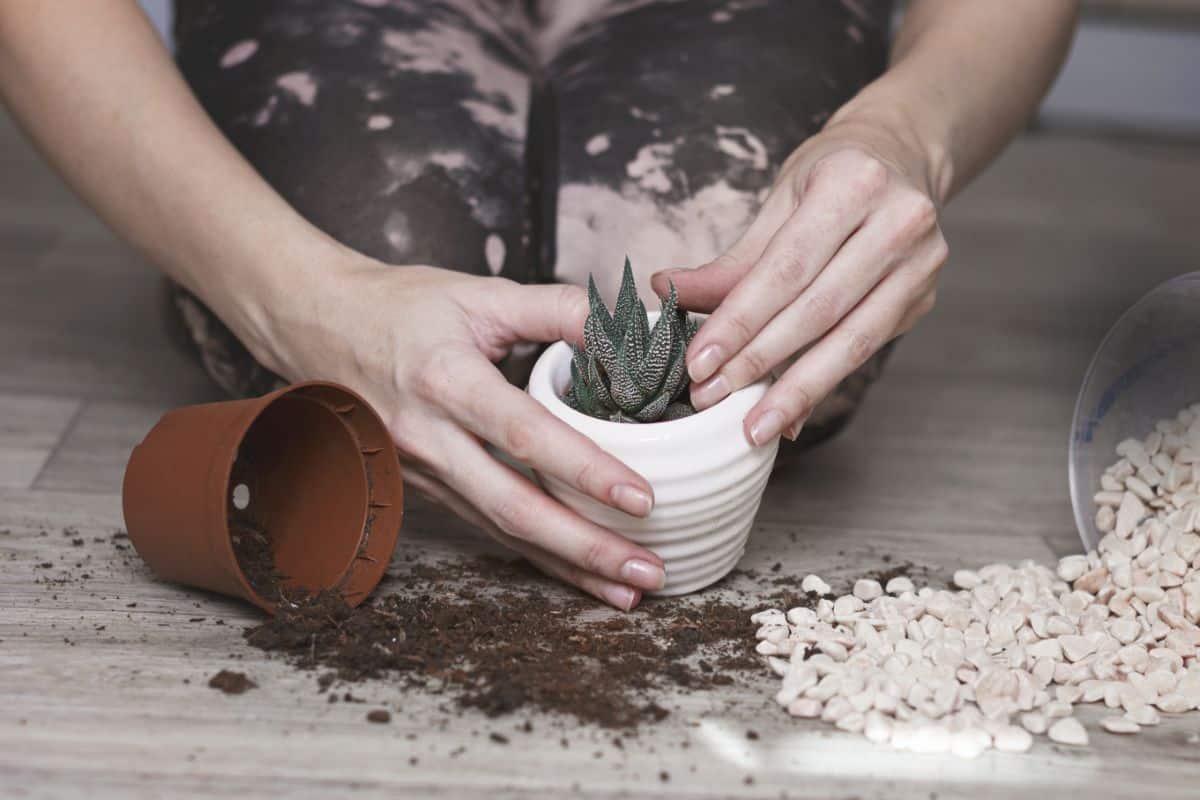
Meanwhile, here are some of the typical reasons why you'll need to transplant your plants:
- New Plant for Collection
When you buy a gorgeous succulent plant from your local store, it will likely have different packaging. It may arrive in one of those small, inexpensive black plastic containers.
These plastic containers will look terrible in your home, especially if you have invested in beautiful decors and interior designs. Apart from that, these plastic containers prevent your succulent plant from growing properly.
- Overgrown Succulent
If your succulent appears to be outgrowing its current pot, do yourself a favor and transplant it. Consider repotting your plant if you see that it has roots growing out from its base. It will allow your plant to grow bigger and healthier.
- Unusual Plant Response
You need to do a transplant if your succulent seems to wilt fast even after watering it correctly. If your pot limits the amount of water that can move around the plant, your watering routine will be futile.
Another sign that your pot is not big enough to accommodate your plant is if your succulent isn't absorbing enough water. You won't be able to grow your plant properly if its environment is too crowded or constricting.
When you transplant it, make sure to get a larger pot.
- Presence of Babies or Offsets
Numerous succulents will produce offsets, which are called pups. When this happens, you have to transplant and separate your succulent pups from the mother plant.
It is among the most common reasons why plant enthusiasts transplant their succulents. Instead of buying from stores, they prefer to propagate their succulents on their own to save money.
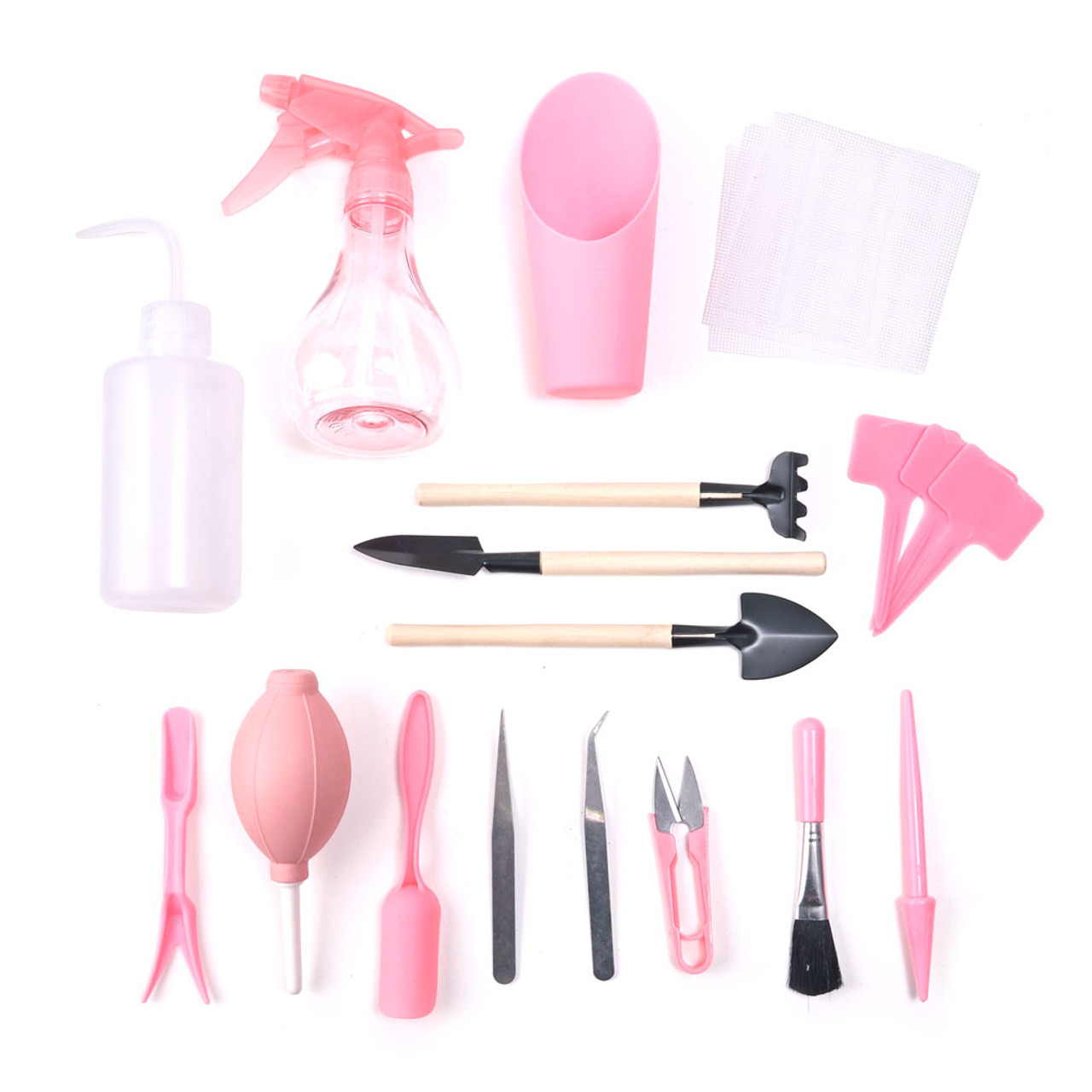
Buy it from:
How To Behead and Transplant Propagated Succulents
Now that you are all set, it's time to start beheading and transplanting your succulents. With this easy-to-follow guide, you can easily get your succulents ready for flourishing.
Step #1: Prepare and Sterilize Your Tools
Use a sharp, clean cutting tool such as a knife, shears, or scissors. A blunt tool will destroy the succulent, making it difficult to heal and grow roots.
Sterilization prevents bacteria or fungi from entering your succulent's wound, so make sure to disinfect your tool with isopropyl alcohol. You can either behead the plant in the soil or pluck it out to cut the right spot.
Don't forget to remove all dried leaves from the stem's base.
Step #2: Determine How Much To Remove, Then Cut
Leaving an inch or two from the crown ensures your plant's stability while it is planted and that new roots can easily grow. Avoid making cuts that are diagonal or jagged as they impede quick healing. Instead, cut it in a manner where it is perpendicular to the stem.
Step #3: Prepare Your Cuttings
Now that you have successfully beheaded your succulent, you should allow the cuttings to dry and callous before planting. You do this to make sure the newly cut wound does not rot or develop a bacterial infection. Leave this to dry somewhere they can get indirect sunlight for a week.
Step #4: Prepare Your Potting Mixture
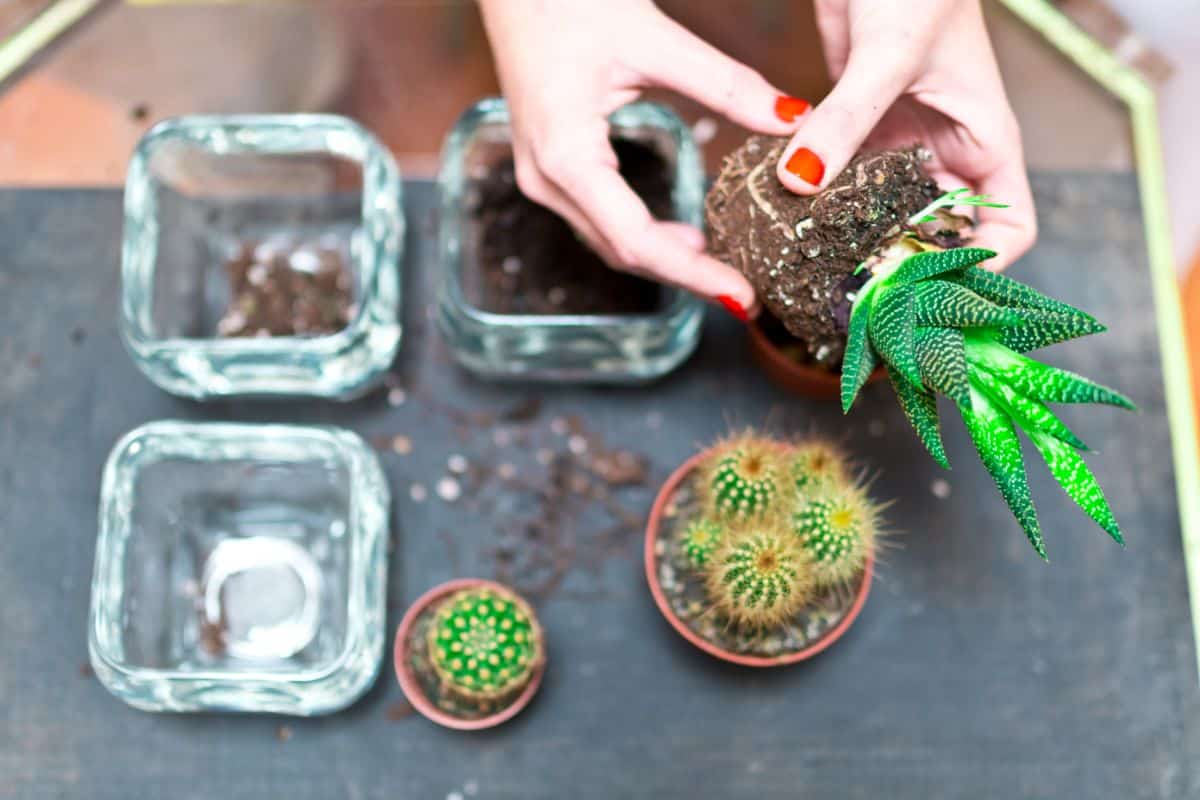
Pour the new soil you purchased and make sure it is rich in nutrients. You can check on the soil tips we have below.
Once you have prepared your soil, you can then place your succulent's beheaded crown on it. Position it on the center of the pot and apply more mix around the base of the plant. You can do the same procedure to the stump or leave it as it is.
Notes for Choosing a Soil Mix
Many succulent growers will give you varying replies if you ask them what mix they use for their plants. As they usually say, to each his own. Hence, a few may work for some while others may not.
Nevertheless, remember that for succulents to thrive, there should be good drainage and organic matter. Organic matter tends to retain moisture and prevents the roots from drying out fast.
Step #5: Set It Up for Growth
Put your newly planted succulent in a shaded area, away from direct sunlight. You may be curious if you need to water the succulents immediately. At this point, you don't have to.
The beheaded top does not require water at this time for two reasons. First, it has enough water stored in its leaves, and second, it has not yet developed roots to absorb moisture from the soil.
Watering your plant right after planting your beheaded succulents is unnecessary. It can also be dangerous because it can cause your succulent to rot.
Final Thoughts on How To Transplant Propagated Succulents
Caring for plants like succulents requires a lot of patience, skill, and knowledge. There is no shortcut to maintaining and keeping healthy plants as they require ample care and attention.
Knowing the basics of how to transplant propagated succulents and behead them can benefit you for a long time. Understanding how the process works and how you can do it yourself can help you save time, energy, and resources.
Apart from this, you also get your money's worth because it allows you to maximize your plant's growth. Once you have all of these in place, you can set yourself to enjoy beautiful aesthetics, fresher air, and a good sense of fulfillment.

